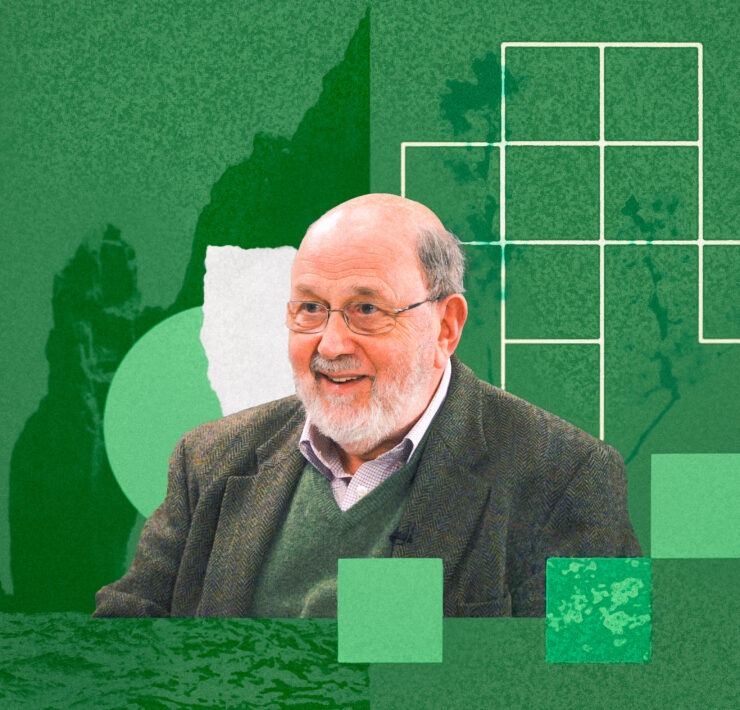One of the main elements that go along with following Jesus and going to church is telling other people about, well, following Jesus and going to church. One might think this process is easy and self-explanatory, and for your Billy Grahams and Mike Bickles, perhaps it is, but for all the rest of us, here’s a little guide to make spreading the good news a little less daunting.
A good first step is to get to know Jesus—seriously.
When I was a little kid in Sunday-school, my church took a very aggressive stance towards getting the good news out and came up with some interesting strategies. First of all, everyone was given a great deal of tracts, printed up with good news rhetoric, and we were instructed on how to utilize the material. We set goals for spreading the good news. We thought about how if we could get two other people spreading good news each week—and they could get two a week—the conversion rates would be exponential. We talked about how you could walk up to someone on the street or at school and make a comment about how their shoes looked nice and how great the weather was and then launch right into the good news. We practiced our spiel on one another, and then we were sent out alone, armed with handfuls of tracts. Fortunately we hadn’t yet been instructed on shaking the dust from our feet in the event of un-acceptance.
Now, tracts are perhaps not the worst idea ever, but the problem I had with them was that I really didn’t have a particularly sound understanding of why anyone would be interested in listening to me explain the information held within them. (Although I remember having an overly healthy interest in the tract that warned against joining the Freemasons organization, which was therein exposed as a hotbed for occult activity.) Either way, I don’t think I ever used one tract to spread the good news or unmask the Freemasons. Without knowing Jesus, It just seemed like too much work.
A positive second step is to, as much as possible, avoid coming off as a wacko. I’m still working on this one myself, but I don’t think you’ll look like too much of a wacko if you really love Jesus, and if you really love the people you talk to.
Years after the tract experience, after I had met Jesus, I took it on myself to evangelize my city. I went to a grocery store and bought loaves and loaves of bread and went door to door, holding out "the bread of life." People asked me if I had done anything to the bread and most refused to accept it. One woman told me to leave the bread on the doorstep, because she didn’t want to unlock her door with me standing around. But maybe not everybody thought I was totally crazy. The best thing that came out of handing out bread was that I spent time with a lady whose grandson had died only a few weeks before. She said he used to walk over to her house everyday and hang out after school, and now that he was gone she was very lonely.
Some days I printed up pieces of paper that said "Jesus Loves You" and left them under people’s windshields after washing them. Every time I saw someone getting in or out of their car I’d ask them if I could wash their windshield and pray for them. I guess if I met someone doing that as I went to get groceries I’d be a little wary, but one woman said she really needed prayer and wept as I asked Jesus to meet her there.
A third event I organized involved me driving around the poor parts of the city giving people clothes out of the back of my car for Jesus. People actually didn’t ask many questions about this one. But by this time I had gained some practical wisdom on not looking like a wacko, and I told the people this was a clothes-drive my church was doing—never mind it was just me and that my church had no clue what I was doing.
Now, I really do think there’s a need for feeding and clothing the poor and going out to wash the dirtiest windshields out there, but I have to admit that I was never really faithful in doing those projects. I think that maybe if I had held out "the bread of life" week in and week out, eventually people would have received the honest to goodness good news, but I didn’t. I only did the clothes thing and the bread thing once each, and it was basically to feel good about myself.
A third step involves commitment to people and really loving them. Taking the famous "WWJD" approach to the Christian life—it’s pouring one’s self into the people closest to you, like Jesus to His disciples. Love and commitment will require more than showing up at a parking lot with a squeegee for an hour on Saturday afternoon (although at times that may be exactly how it is expressed).
This summer, three of my good friends have all started to show up at the church I go to with some regularity. I never consciously made a list and thought, okay, I’m going to tell these guys the good news, give them a jacket, a loaf of bread and then clean their shoes. I just loved them and by remaining faithful to Jesus, I’ve watched them develop a longing for God’s kingdom to come more fully into their lives. There really isn’t a substitute for love. And, largely, that is the good news, that God loves us, is committed to us and wants to be involved in our lives.





















